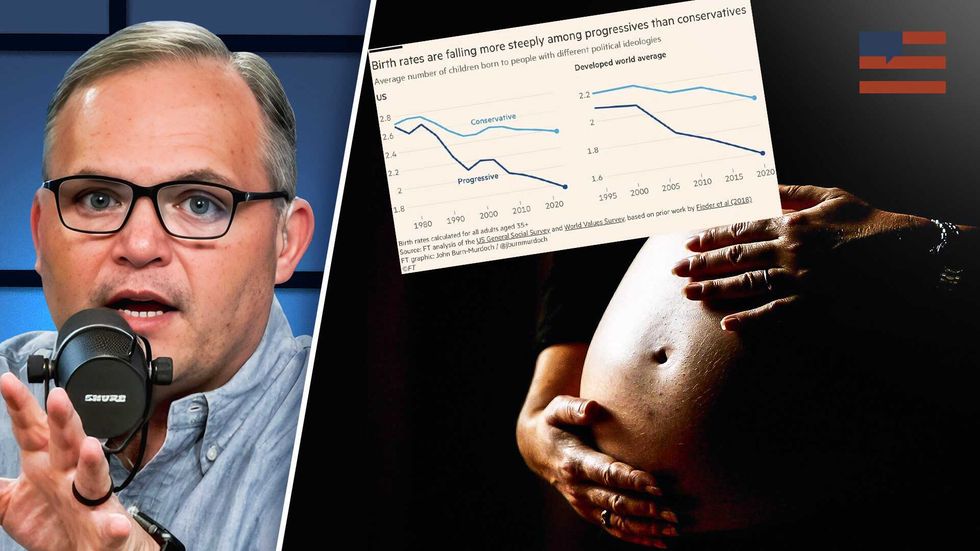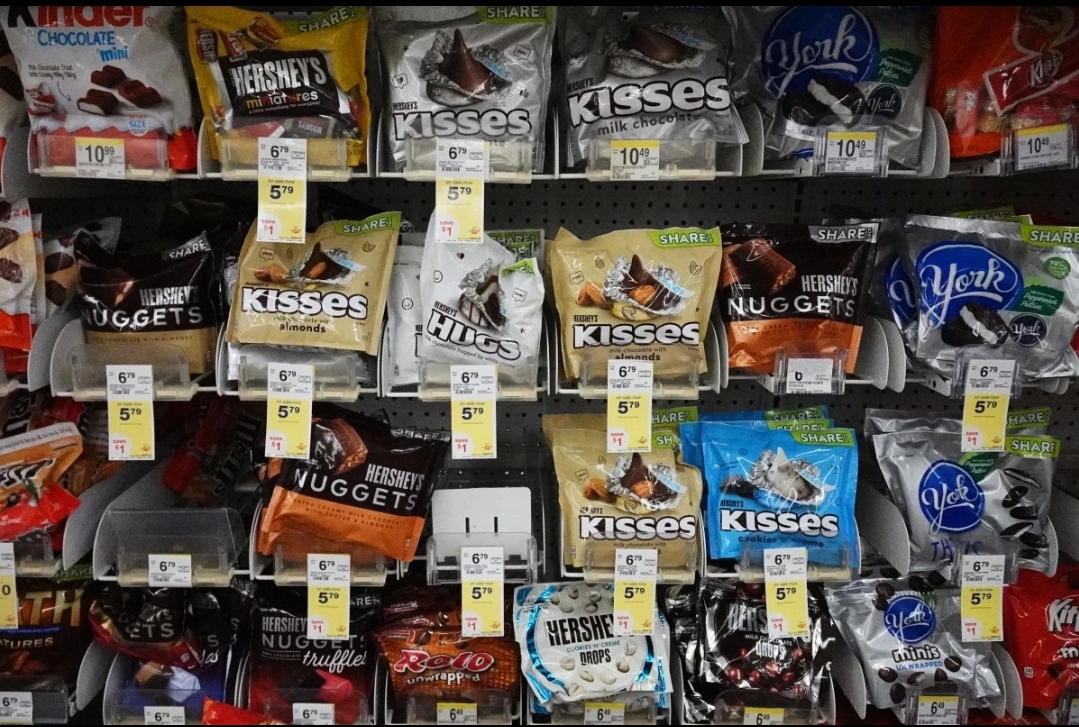
www.newsbusters.org
Which Potential Trump Successor Will Draw the Most Media Heat?
The Wall Street Journal gets it.
In Friday’s edition, Journal columnist Holman Jenkins Jr. closed his column by saying, more than accurately, this, with bold print for emphasis supplied:
I’m guessing many flyover Democrats have long seen the party’s blunder in associating itself too closely with the national media. The self-defeating Russia hoax, the shameless, unnecessary politicization of Covid—both helped Mr. Trump. Most damning was the conniving of Team Biden to push a senile, unpopular incumbent past voters a second time even at the highly probable risk of returning Mr. Trump to the White House.
….For it defies the warp and rhythm of life to think Americans could ever trust such a leadership class again or bring it back to power in the post-Trump era. If Democrats don’t understand this, America’s next leadership class won’t consist of Democrats. It will consist of Mr. Trump’s political descendants and heirs.
Exactly.
As usually happens in American history, and as the midway section of a president’s second (and last) term approaches, speculation is always rising to debate that president’s presumed successor.
Whether George Washington or Abe Lincoln, or the 20th century’s Roosevelts, Reagan, Clinton or others, the thought always is “who is next?” And, importantly, the question underlying that is “how will the media deal with the next President?”
The hard, documented-in-reality fact is that the liberal media could not and cannot abide President Trump. From the moment candidate Trump descended that Trump Tower escalator in 2015 to the current days, the national media has had an impossible time stomaching first a potential and then an actual Trump presidency.
As noted in this space previously, just this month TIME magazine drew a presidential scolding for a cover that ran a Trump photo that was so obviously -- deliberately?-- unflattering to the President.
The question now is: How will the liberal media deal with a GOP Trump successor named J.D. Vance or Marco Rubio or someone else? For a media perpetually in love with the idea of a woman as Vice President, not to mention President, what if that person turns out to be Tennessee’s GOP Senator Marsha Blackburn? Or South Carolina’s GOP Rep. Nancy Mace?
In fact, in terms of a GOP female VP or President that question has already been answered -- to the negative. As support for a GOP female on the 2008 GOP ticket with Senator John McCain rose, McCain’s choice of then-Alaska Governor Sarah Palin quickly revealed the hostility of the national media to the idea of a female VP -- if, as with Palin, she was a conservative.
And to the contrary, the selection by President Joe Biden of California’s Kamala Harris was adored by the liberal media because, in fact, Harris was a lefty.
All of which is to say, with Trump’s second and last term now underway, with the first of his last four years almost completed, there will be a subtle and sometimes not so subtle shift of media attention to the candidate emerging in the eyes of the media as the inevitable Trump successor.
One could suggest that this will be unfair, and yes it will surely be just that. But alas it will most certainly be inevitable as the liberal media starts probing what Vance or Rubio or some other potential GOP Trump successor did with that girl in the 9th grade or did they cheat on their tests to get into law school or whatever. Jen Psaki is already battering Vance as "scarier" than Trump, a "little Manchurian Candidate" with a wife that might need rescuing!
So as 2025 winds down, with the inevitable end-of-year holiday season almost at hand and the 2026 congressional/gubernatorial election season starting to dawn -- a signal in itself of the soon-to-be-looming 2028 presidential season -- be ready to read the tea leaves of media focus on who, exactly, Trump’s GOP successor may be.
Will he or she become, Trump or Reagan style, such a dominating force in the media that there will be about them an air of inevitability? The belief that yet again America is about to have a President who so dominates the American and international scene that all others pale almost to insignificance?
October has just about faded. The end two months of 2025 are arriving, with the 2026 elections dawning beyond that. Which is a signal all by itself to keep an eye on the American media and just who -- and what -- the liberal media focuses on.
In short: stay tuned. Change is on the horizon as various Republicans and Democrats jockey for position in the Post-Trump presidential sweepstakes.
And you can be sure of one thing. As the Post-Trump era dawns? The media are watching, and ready to pounce.















